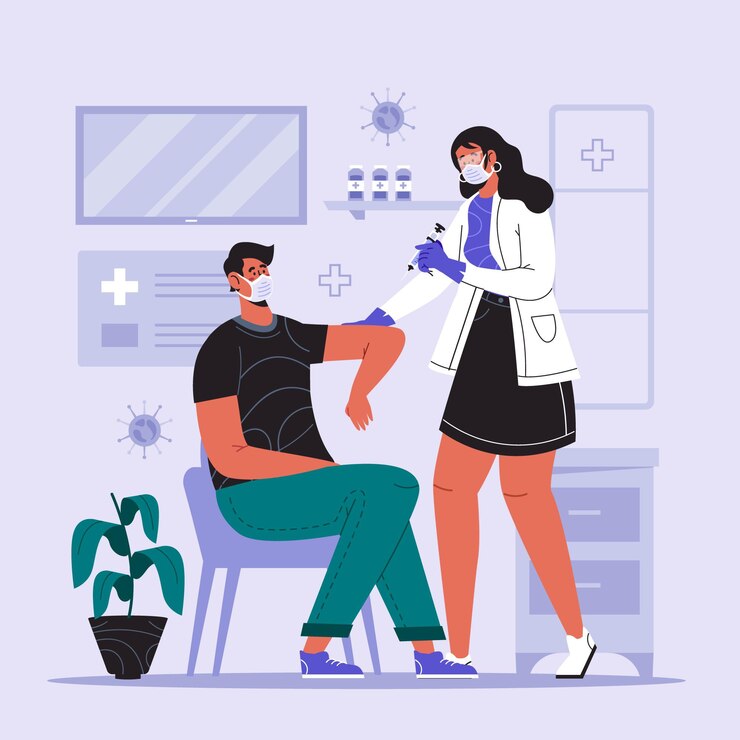
Diagnosis of Seborrheic Folliculitis: Medical Examination and Tests
If you’ve been experiencing symptoms like red bumps, itching, or oily skin, especially around hair follicles, you may be wondering if you have seborrheic folliculitis. Diagnosis of this condition typically involves a medical examination and sometimes additional tests to confirm the diagnosis. Let’s explore the process of diagnosing seborrheic folliculitis in simple terms.
1. Medical Examination:
The first step in diagnosing seborrheic folliculitis is a thorough medical examination by a healthcare professional, usually a dermatologist. During the examination, the doctor will examine the affected areas of your skin, including the scalp, face, and chest, to assess the extent and severity of the symptoms.
2. Discussion of Symptoms:
Your doctor will ask you about your symptoms, including when they started, how long they’ve been present, and whether you’ve noticed any triggers or patterns. Be sure to provide as much detail as possible to help your doctor make an accurate diagnosis.
3. Visual Inspection:
The doctor will visually inspect the affected areas of your skin for characteristic signs of seborrheic folliculitis, such as red bumps, pustules, itching, or flaky skin. They may also examine your scalp using a specialized tool called a dermoscope to get a closer look at the hair follicles.
4. Additional Tests:
In some cases, your doctor may recommend additional tests to confirm the diagnosis of seborrheic folliculitis or rule out other possible causes of your symptoms. These tests may include:
- Skin Biopsy: A small sample of skin may be taken for analysis under a microscope to look for signs of inflammation or infection.
- Microscopic Examination: Your doctor may examine skin scrapings or hair samples under a microscope to check for the presence of yeast or other microorganisms.
- Patch Testing: If your doctor suspects that an allergy may be contributing to your symptoms, they may perform patch testing to identify specific allergens.
Conclusion:
Diagnosing seborrheic folliculitis involves a combination of medical examination, discussion of symptoms, and sometimes additional tests to confirm the diagnosis. If you’re experiencing symptoms of seborrheic folliculitis, it’s essential to seek evaluation and treatment from a healthcare professional for proper management of the condition.
To seek medical advice, always consult a Doctor. Here are our recommended EXPERTS. Click here
To read more on SKIN. Click Here


